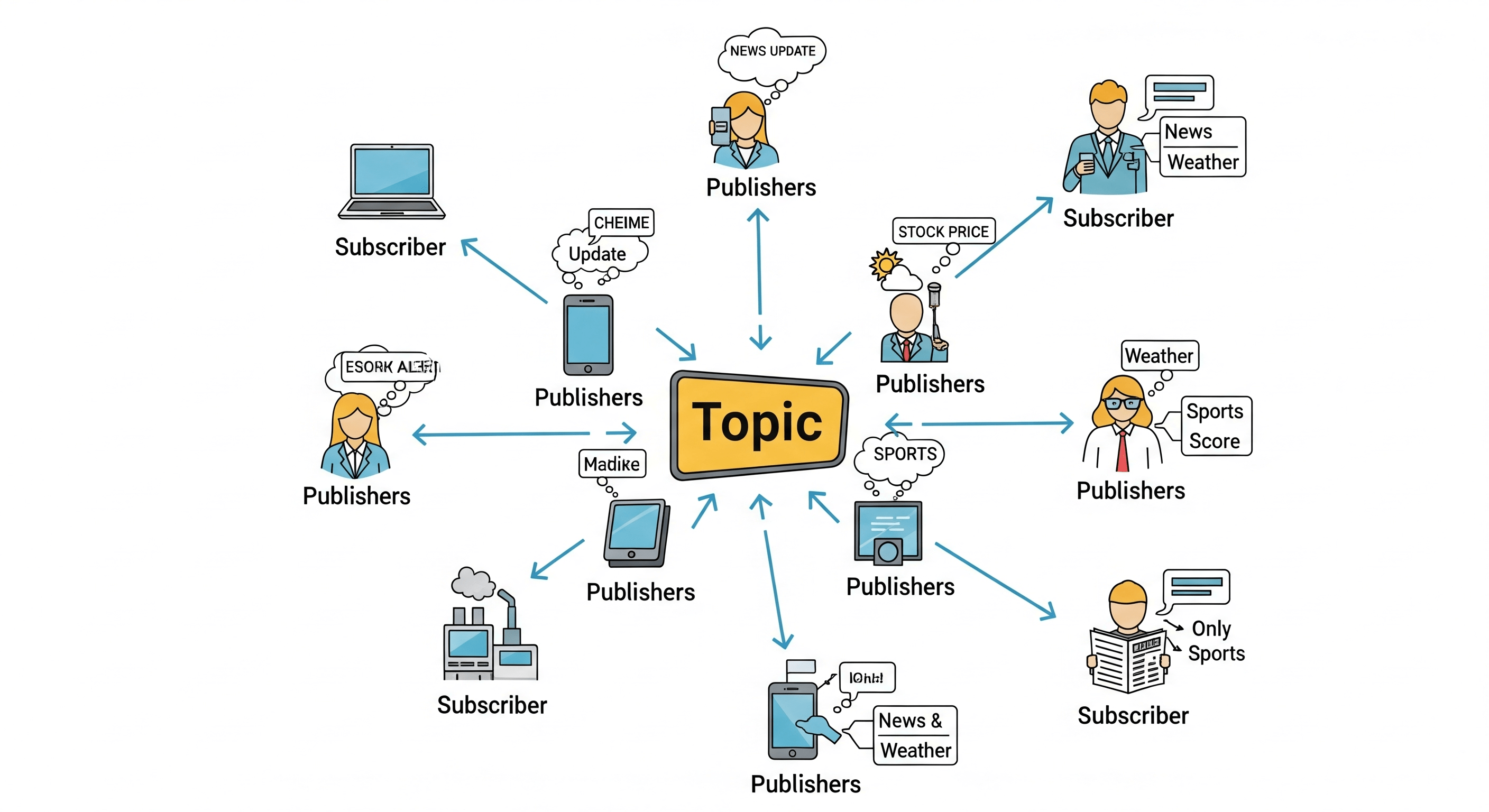An Introduction to MQTT
May 1, 2024
What is MQTT?
MQTT, which stands for Message Queuing Telemetry Transport, is a lightweight and efficient publish-subscribe network protocol designed for constrained devices and low-bandwidth, high-latency, or unreliable networks. It is the de-facto standard for messaging in the Internet of Things (IoT).

At its core, MQTT facilitates communication between devices (often called "clients") through a central server, known as a broker.
Key Components
- Publisher: A client that sends messages to the broker on a specific "topic." For example, a temperature sensor might publish the current temperature to the topic
home/livingroom/temperature. - Subscriber: A client that tells the broker it is interested in receiving messages on one or more topics. A mobile app, for instance, could subscribe to
home/livingroom/temperatureto display the current reading. - Broker: The central server that receives all messages from publishers and forwards them to the appropriate subscribers. The broker's job is to filter messages based on topic subscriptions, ensuring clients only receive the data they care about.
- Topic: A simple, hierarchical string (e.g.,
factory/machine-1/vibration) that acts as a label for messages. It allows the broker to route messages from publishers to subscribers efficiently.
The Publish-Subscribe (Pub/Sub) Model
Unlike traditional client-server models where clients communicate directly with a server, the pub/sub model decouples publishers and subscribers.
- Decoupling in Space: The publisher and subscriber do not need to know each other's IP address or location. They only need to know the address of the broker.
- Decoupling in Time: The publisher and subscriber do not need to be running at the same time. The broker can store messages for subscribers that are temporarily offline (depending on configuration).
- Decoupling in Synchronization: Operations on both components are not halted while publishing or receiving messages. This makes the system highly responsive and efficient.
This architecture makes MQTT incredibly scalable and robust, which is why it's a cornerstone of modern IoT and IIoT applications, from smart homes to massive industrial sensor networks.